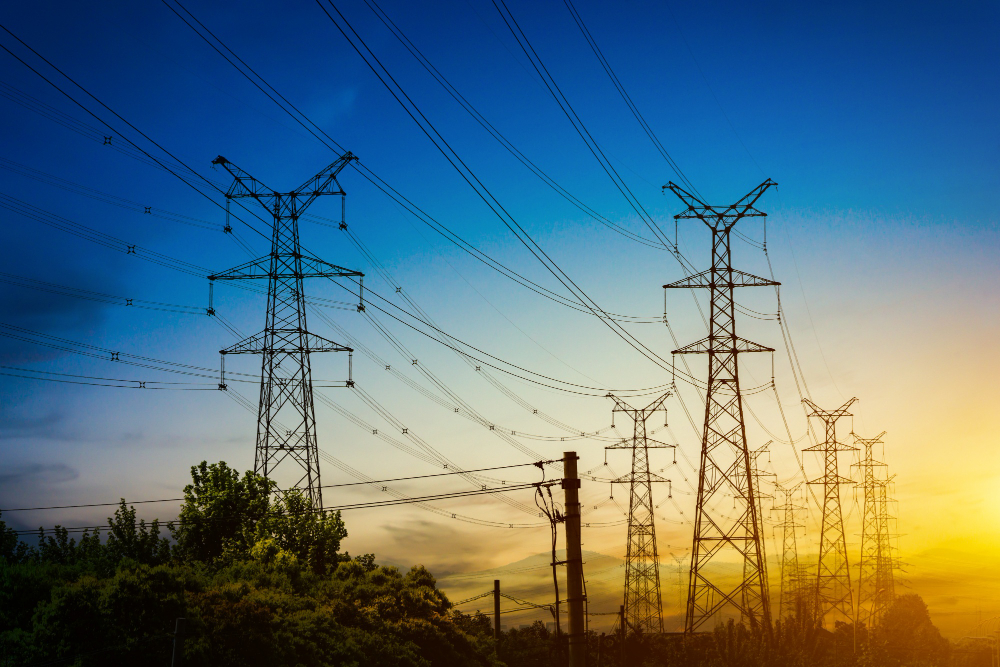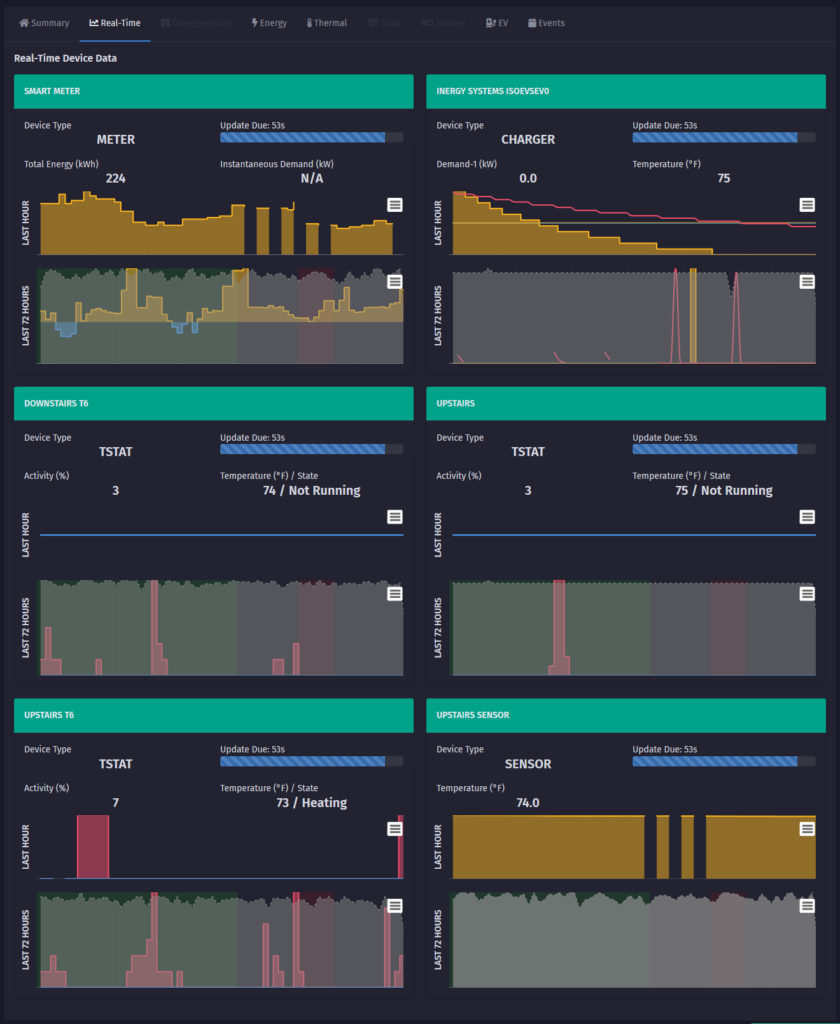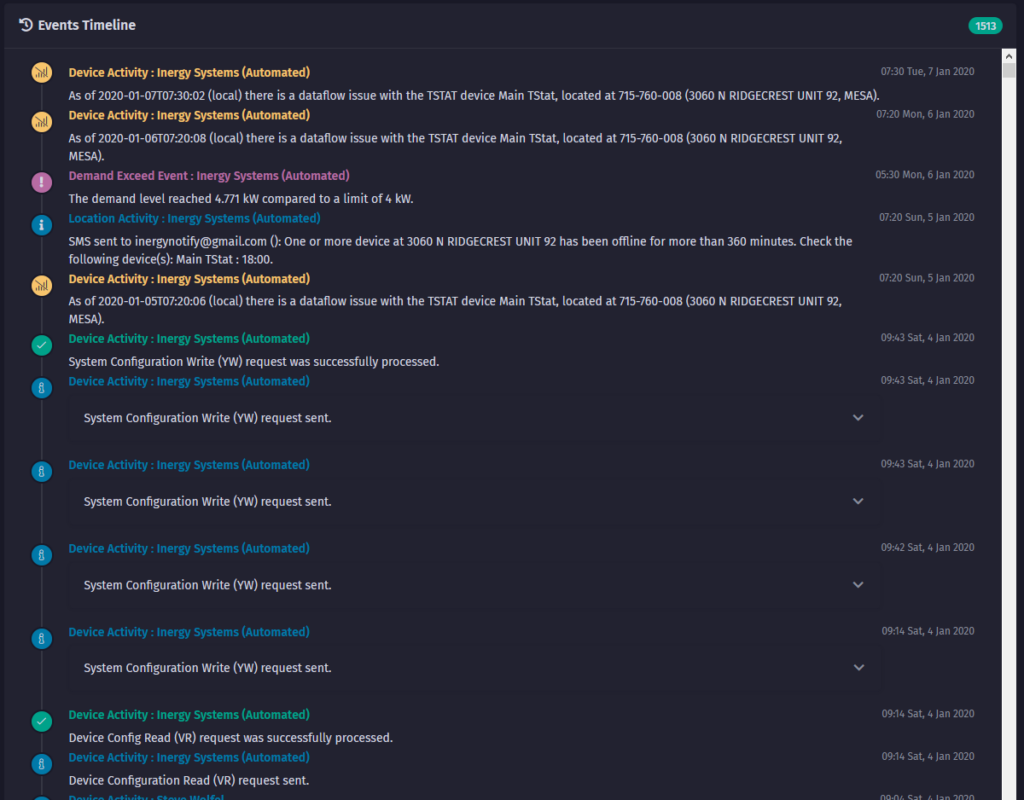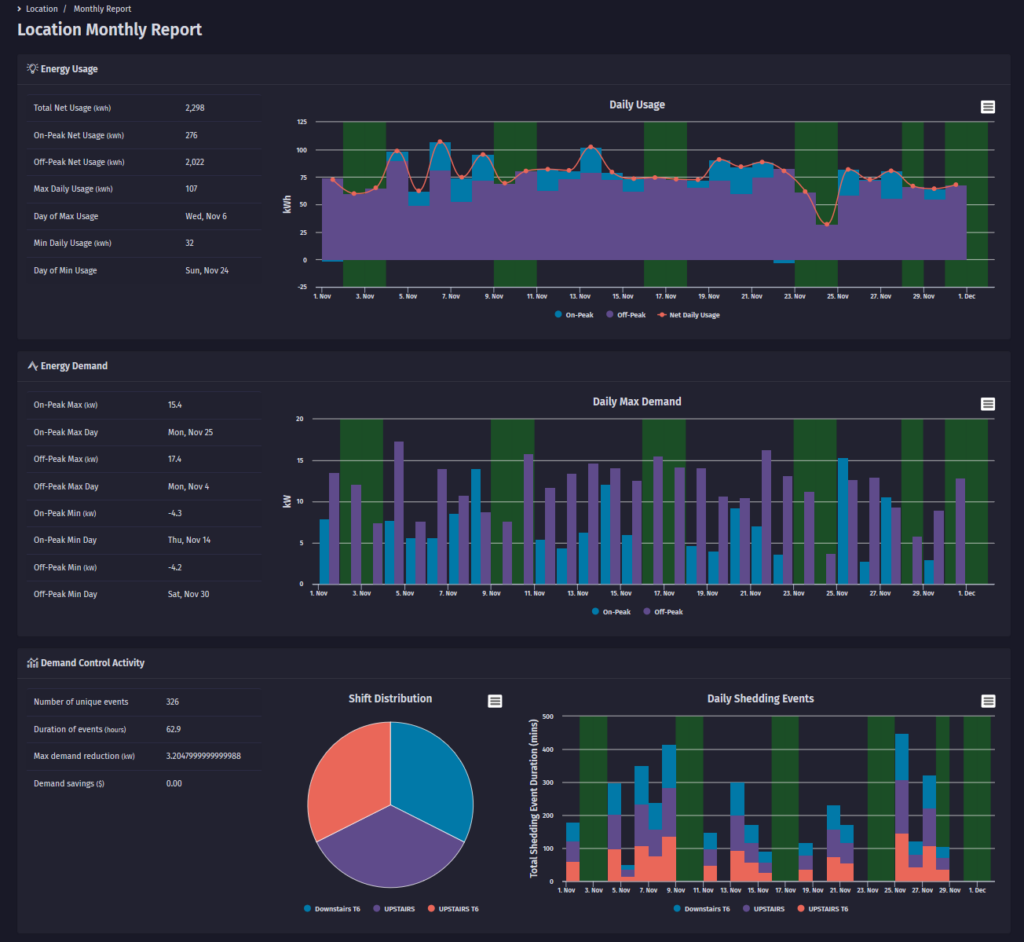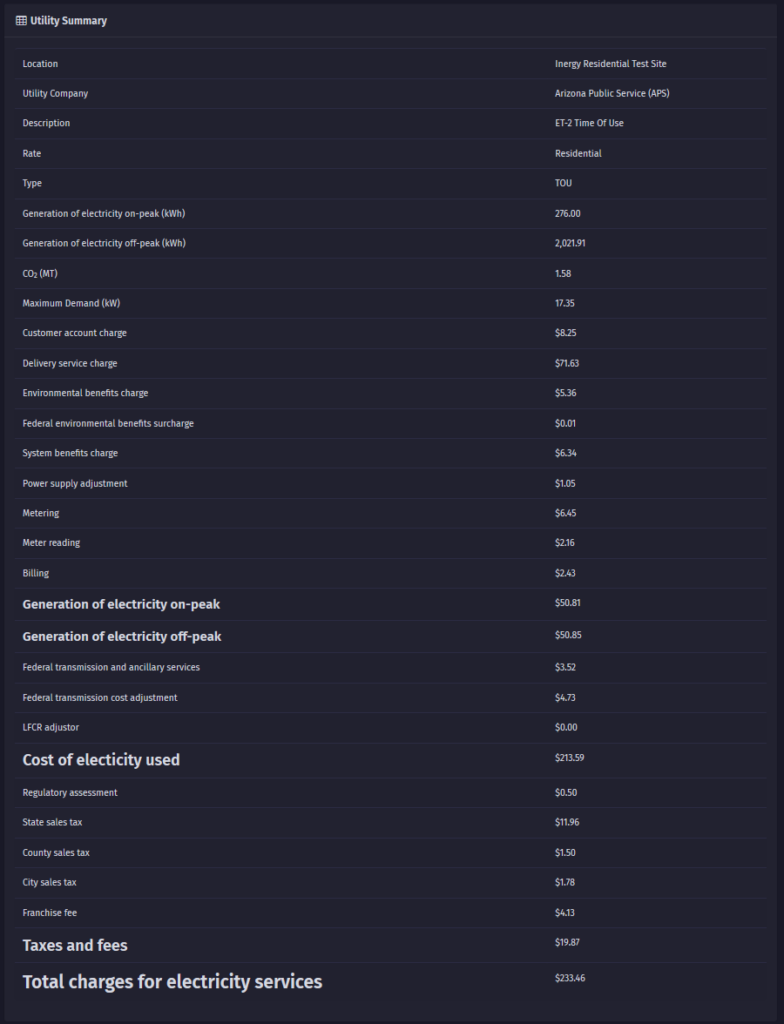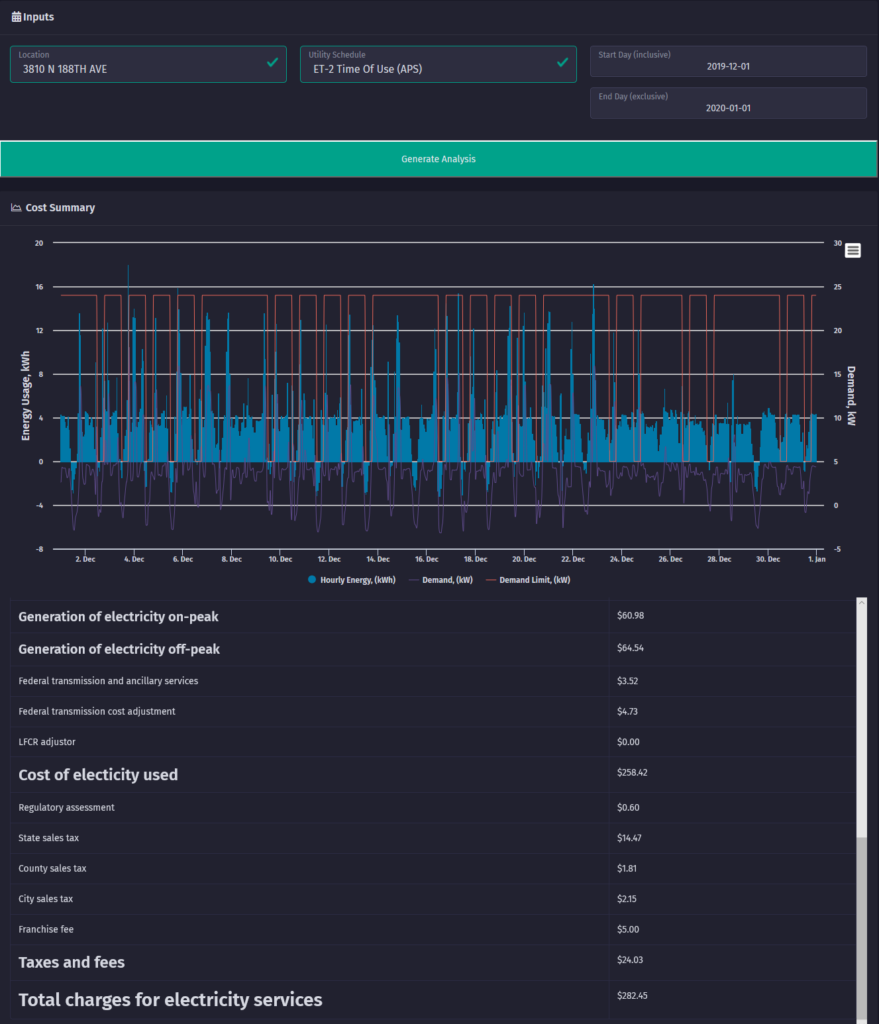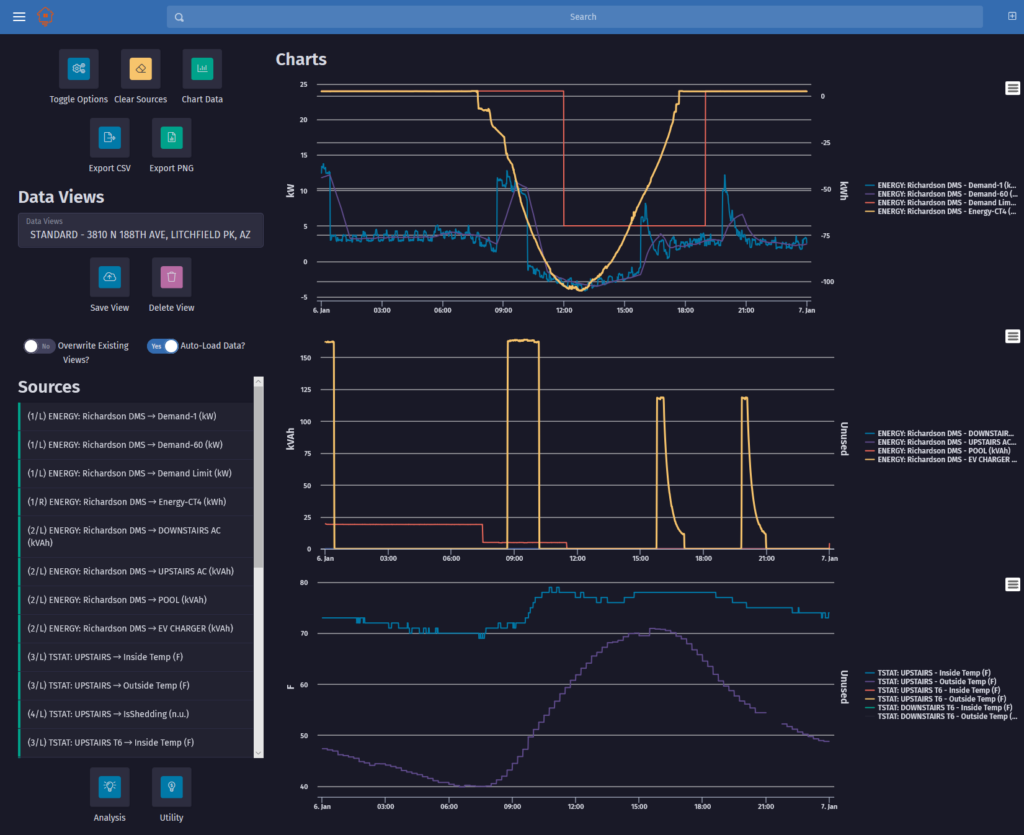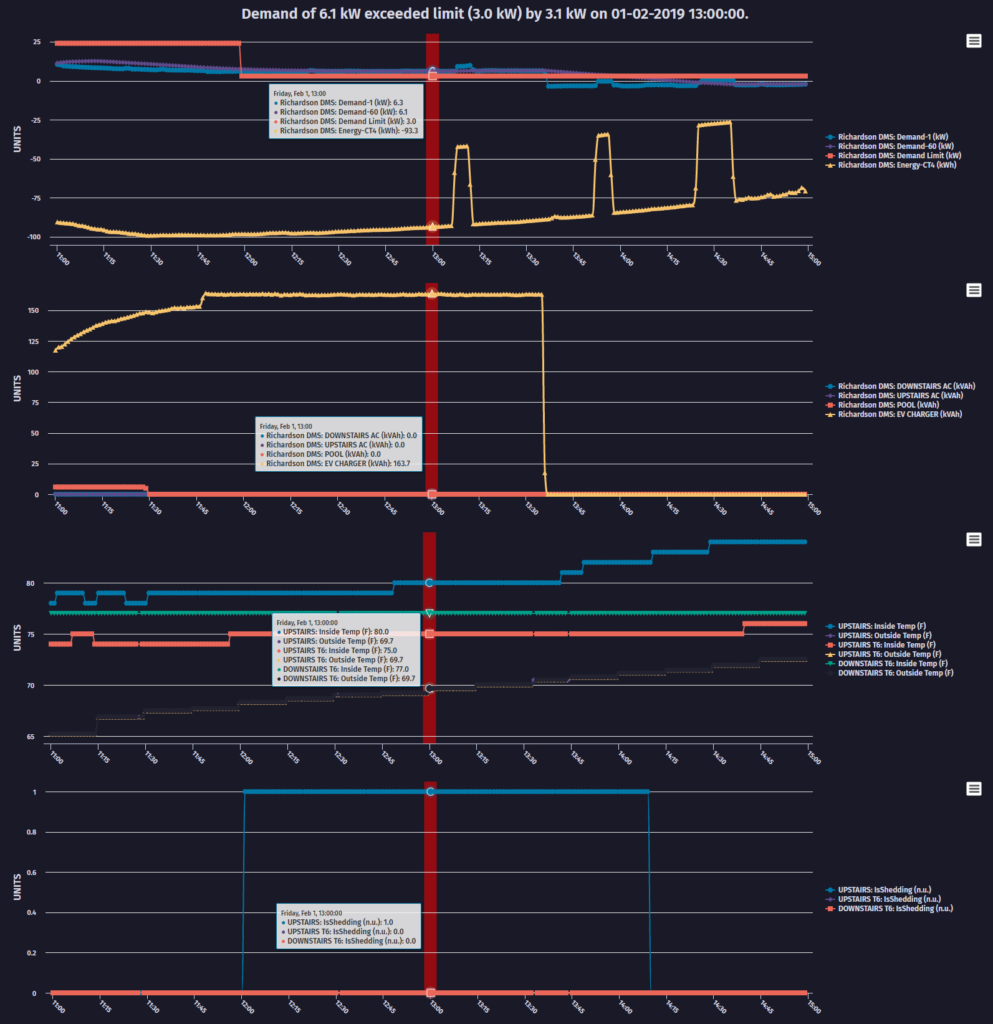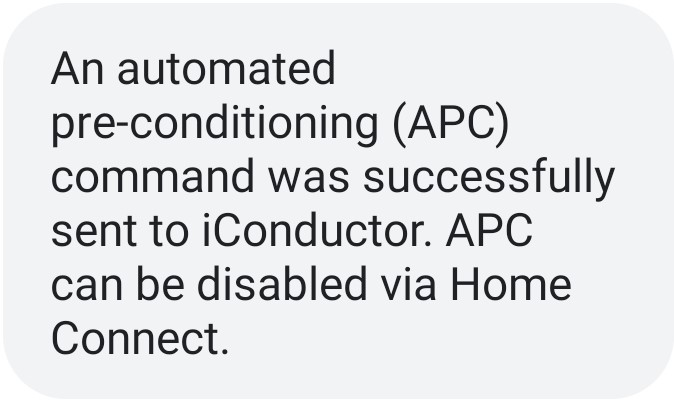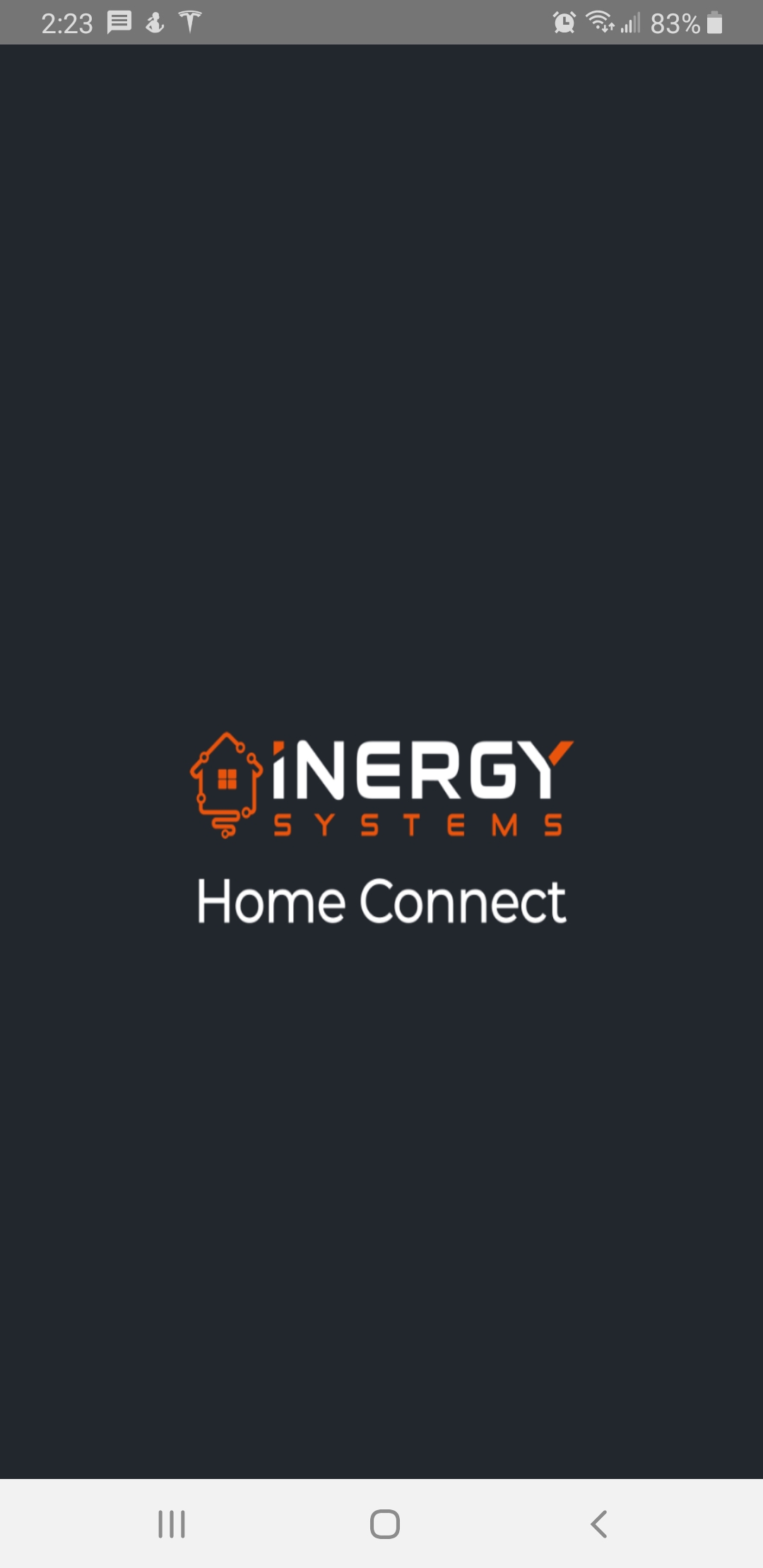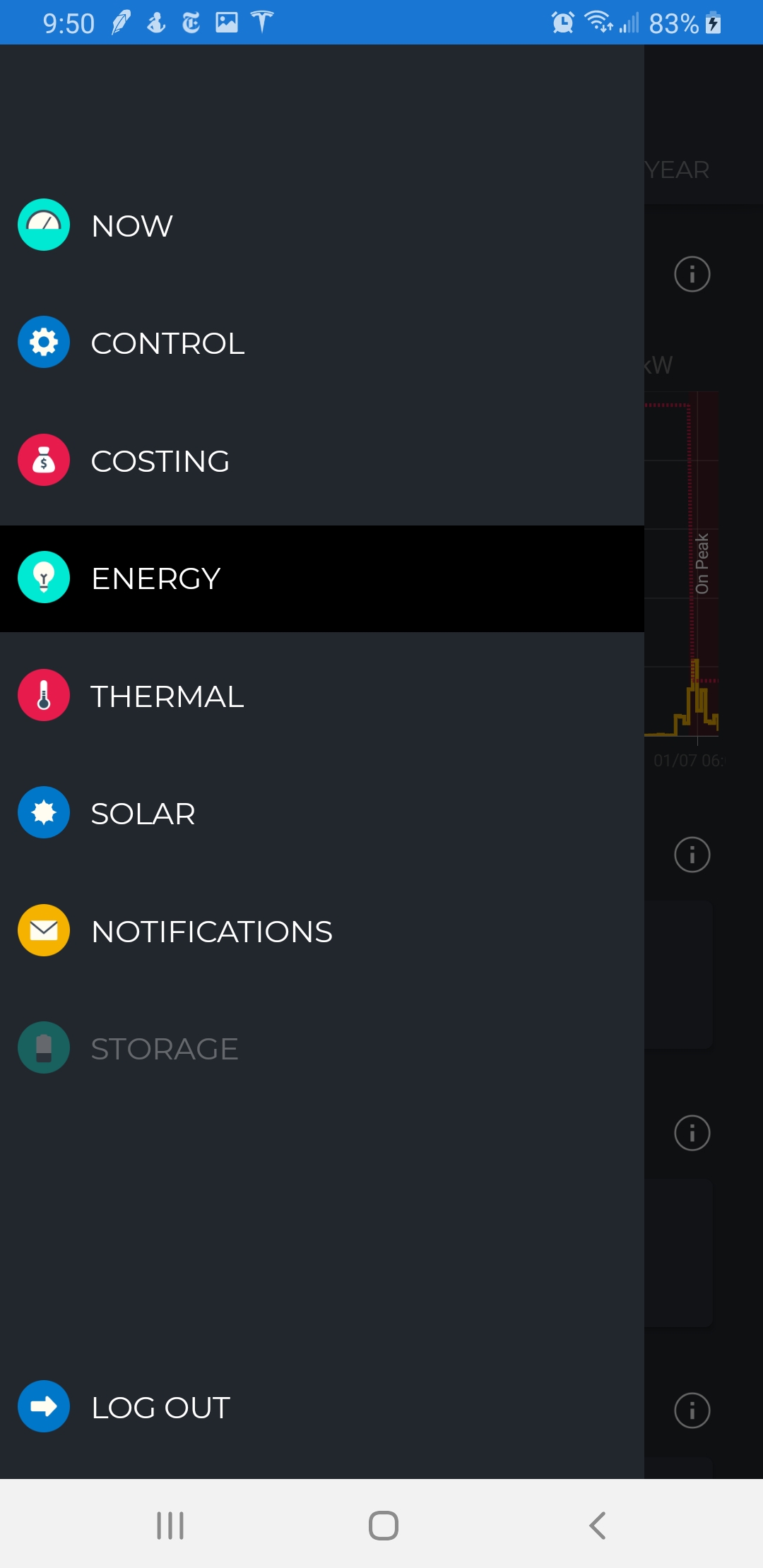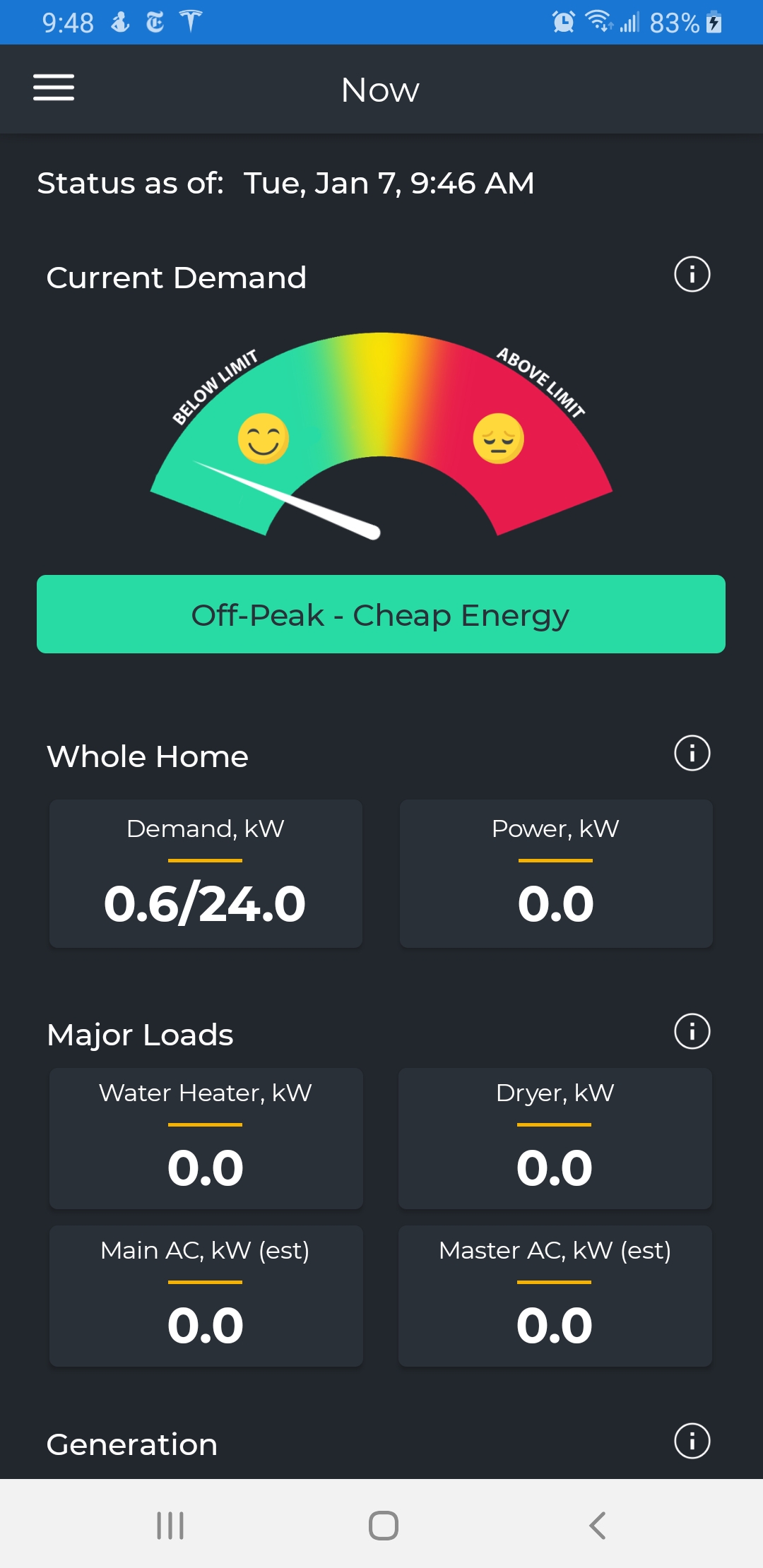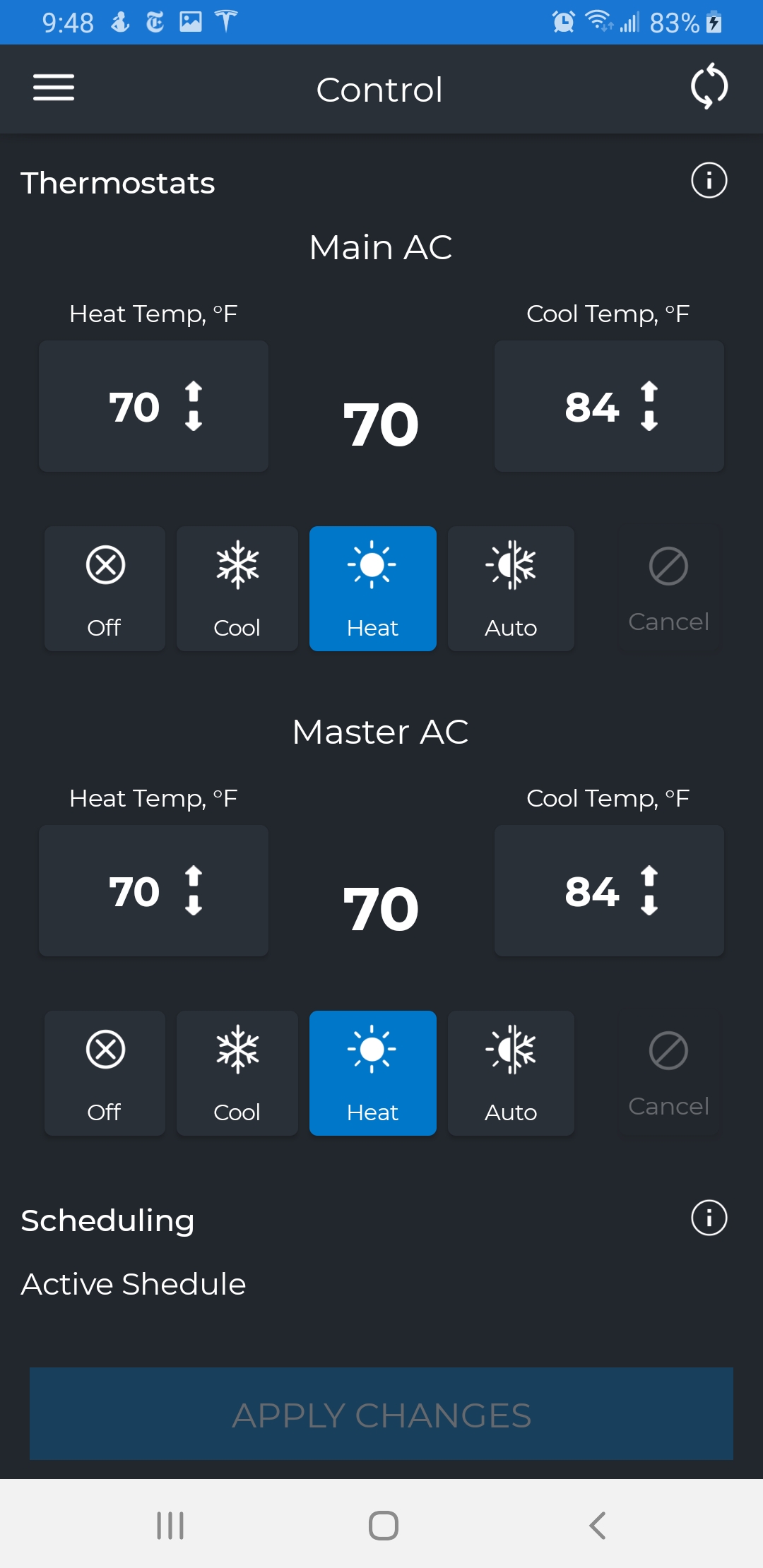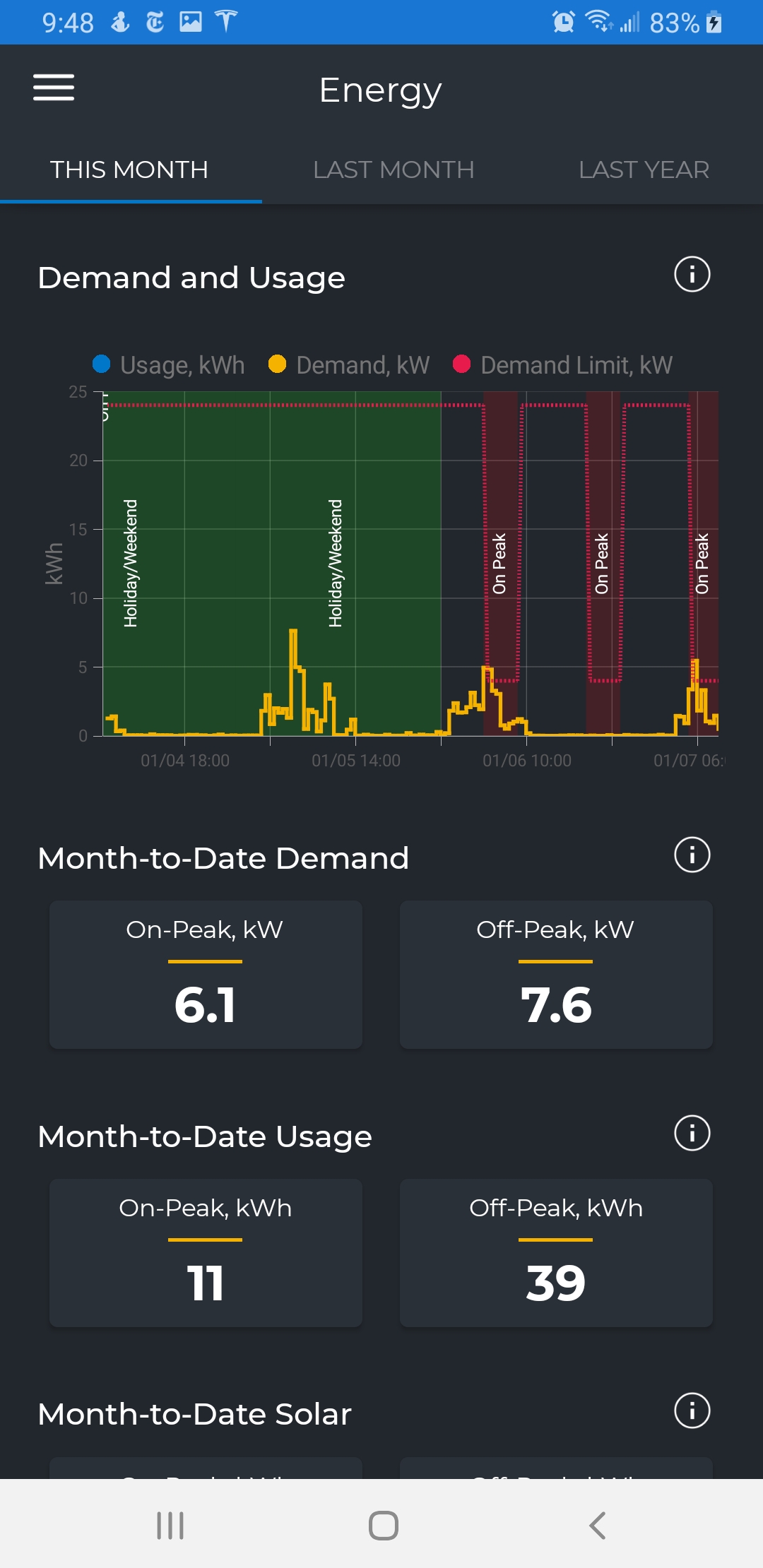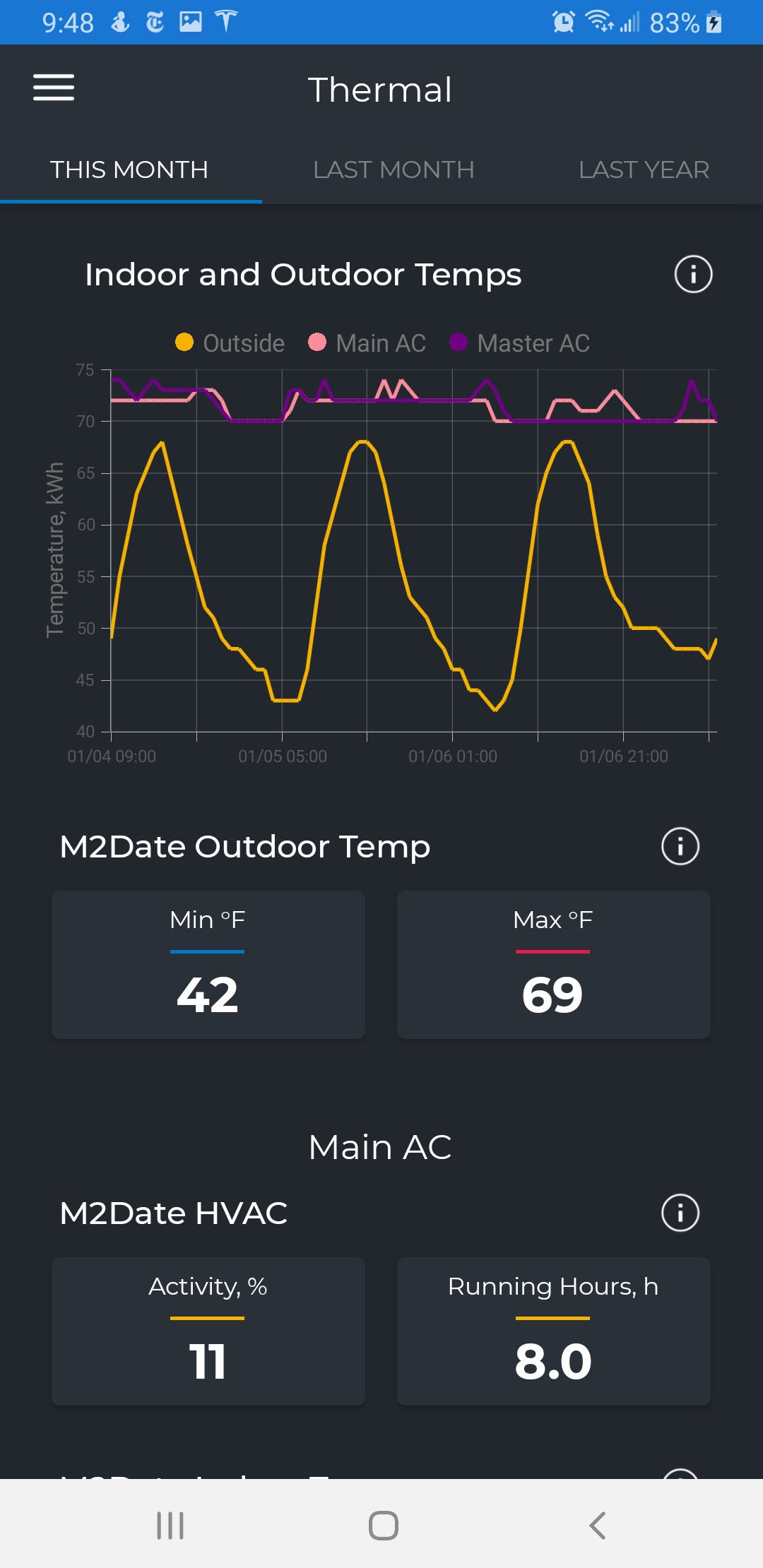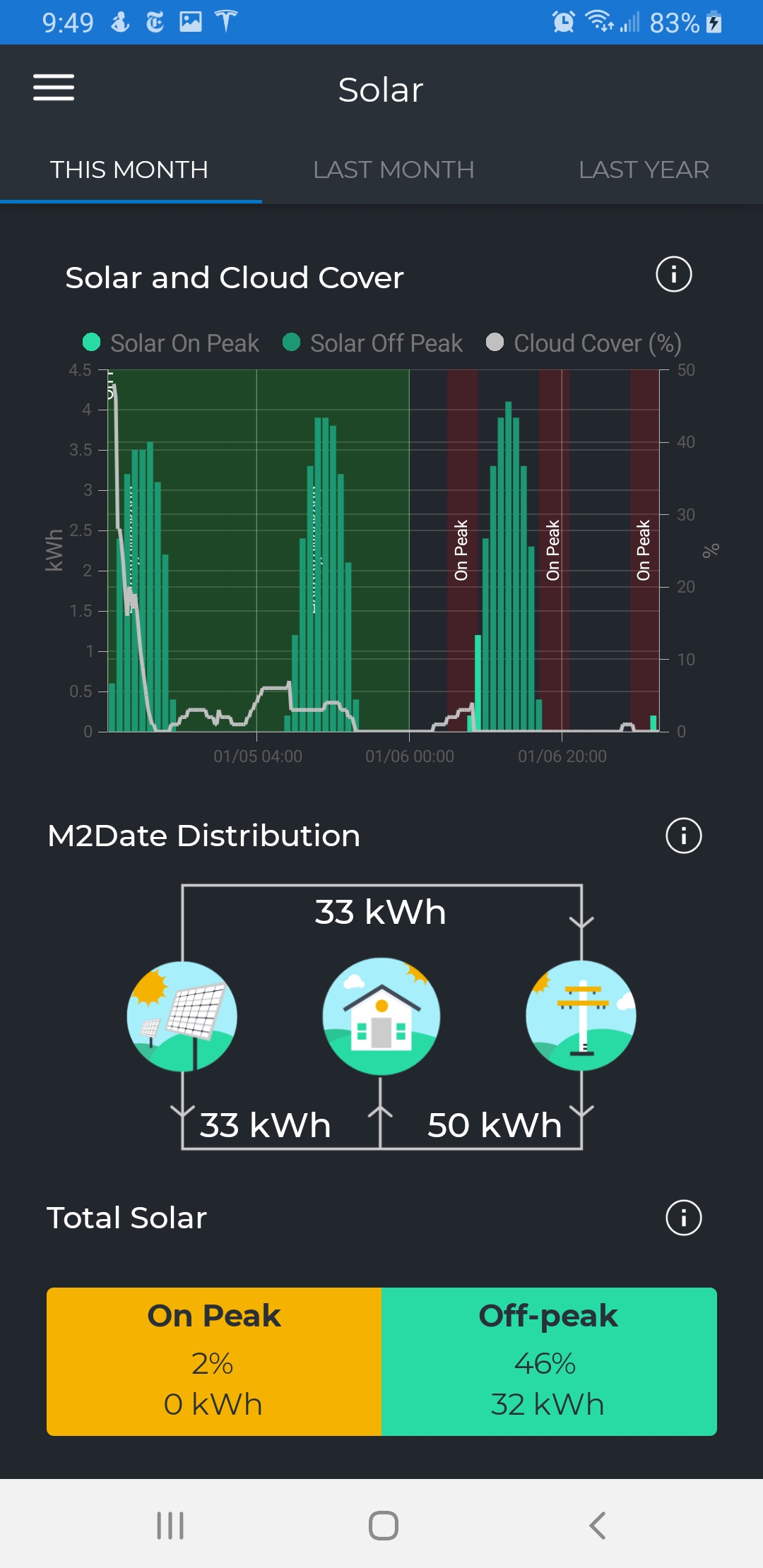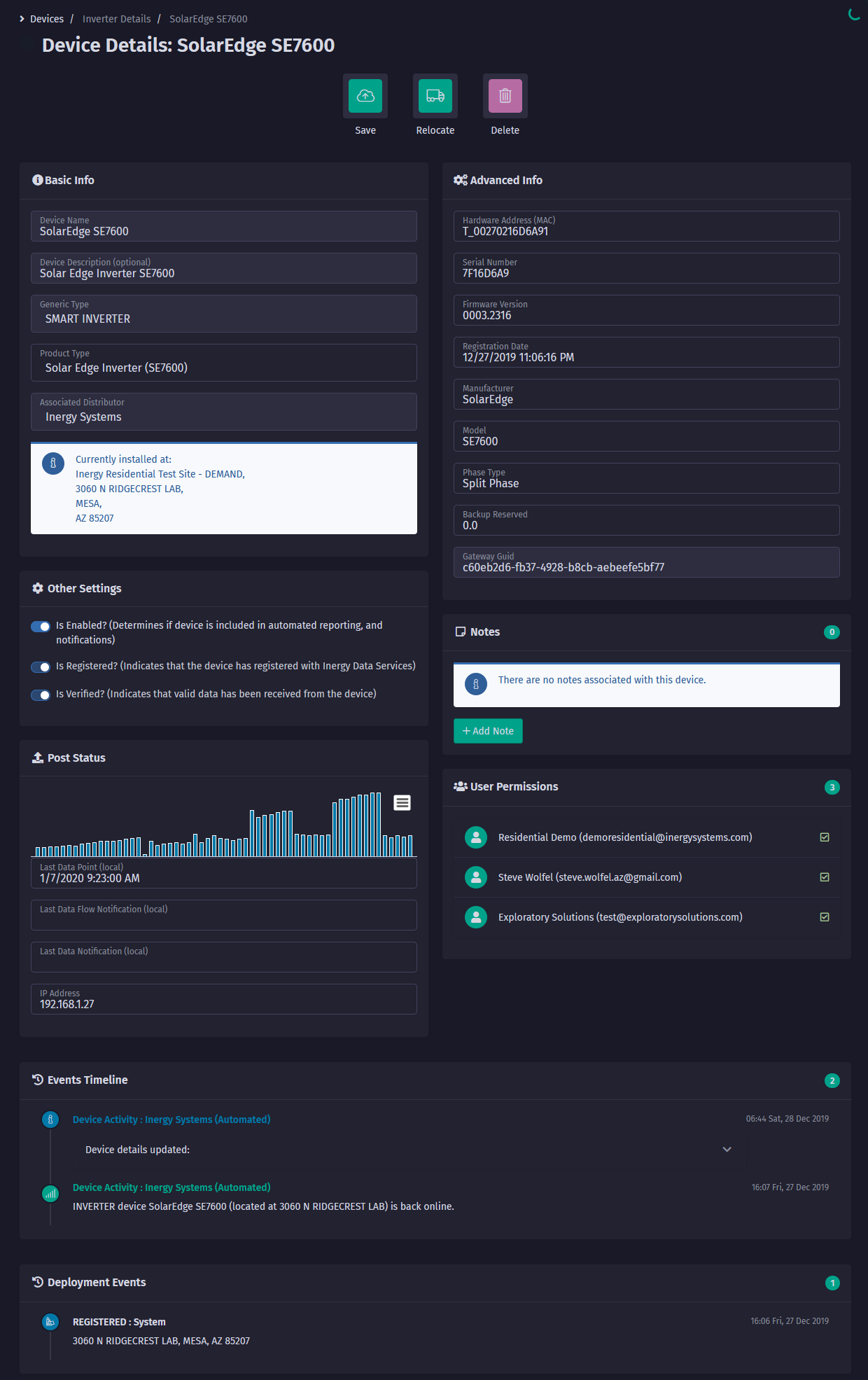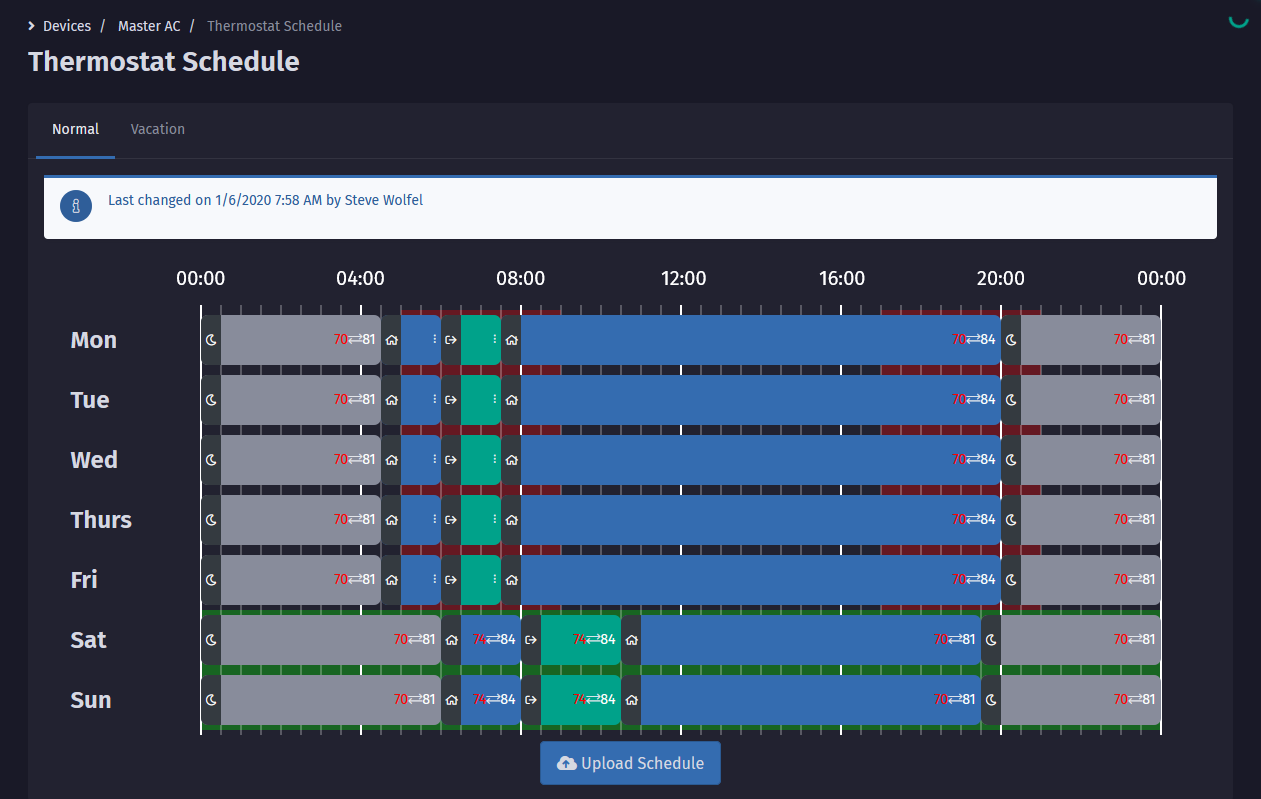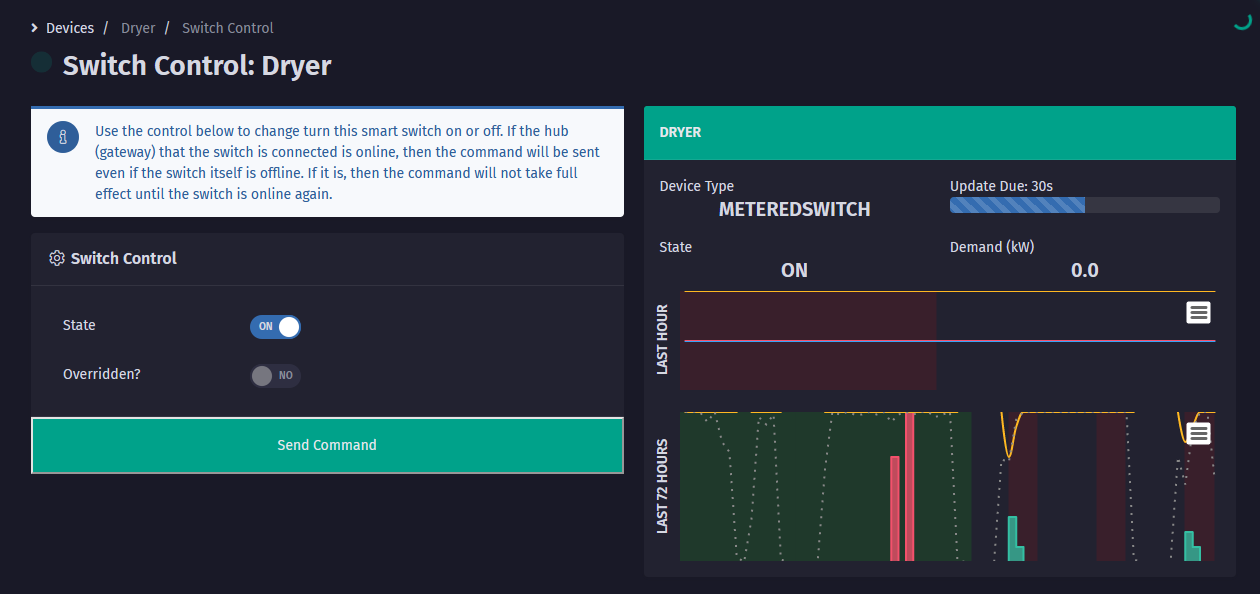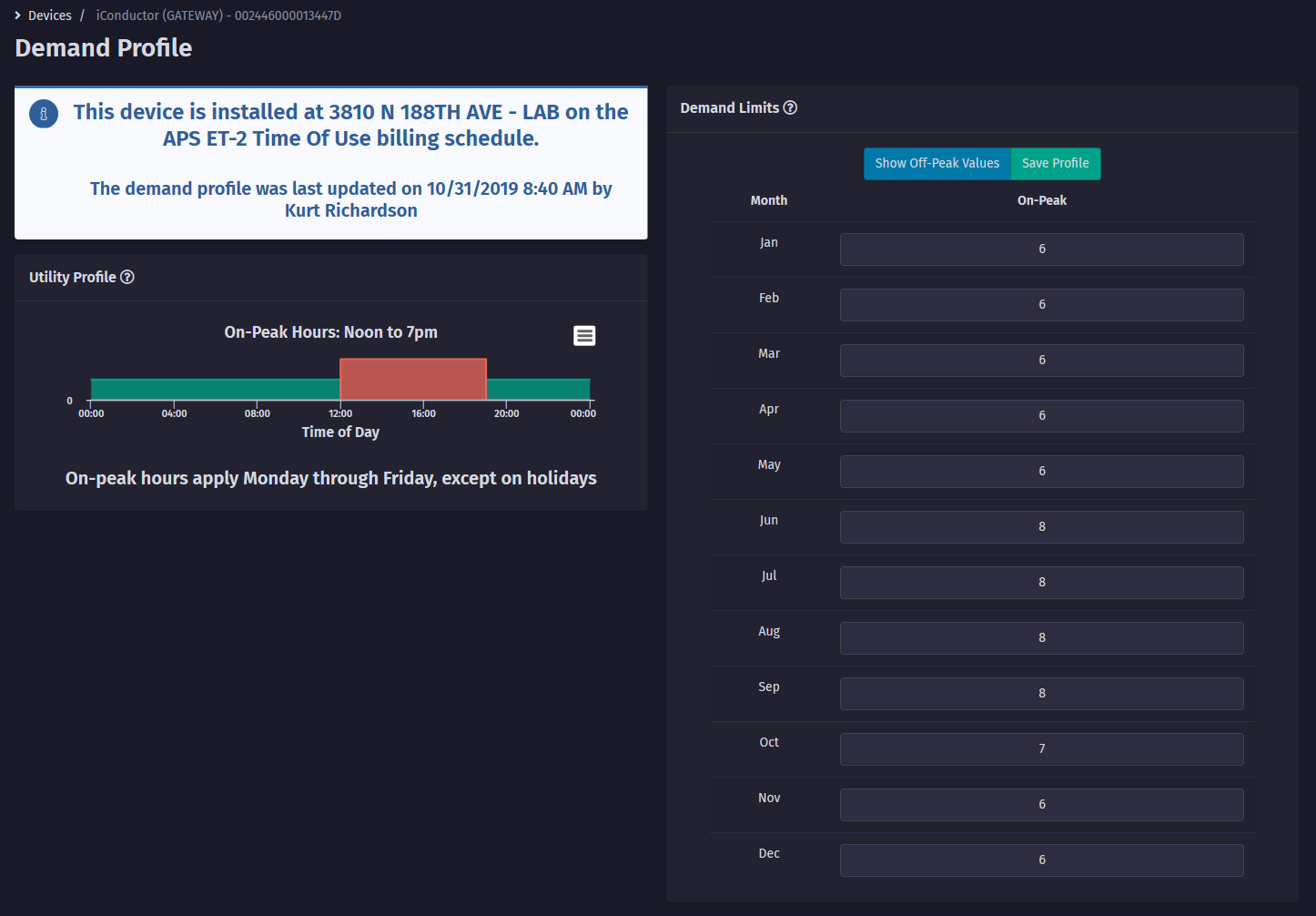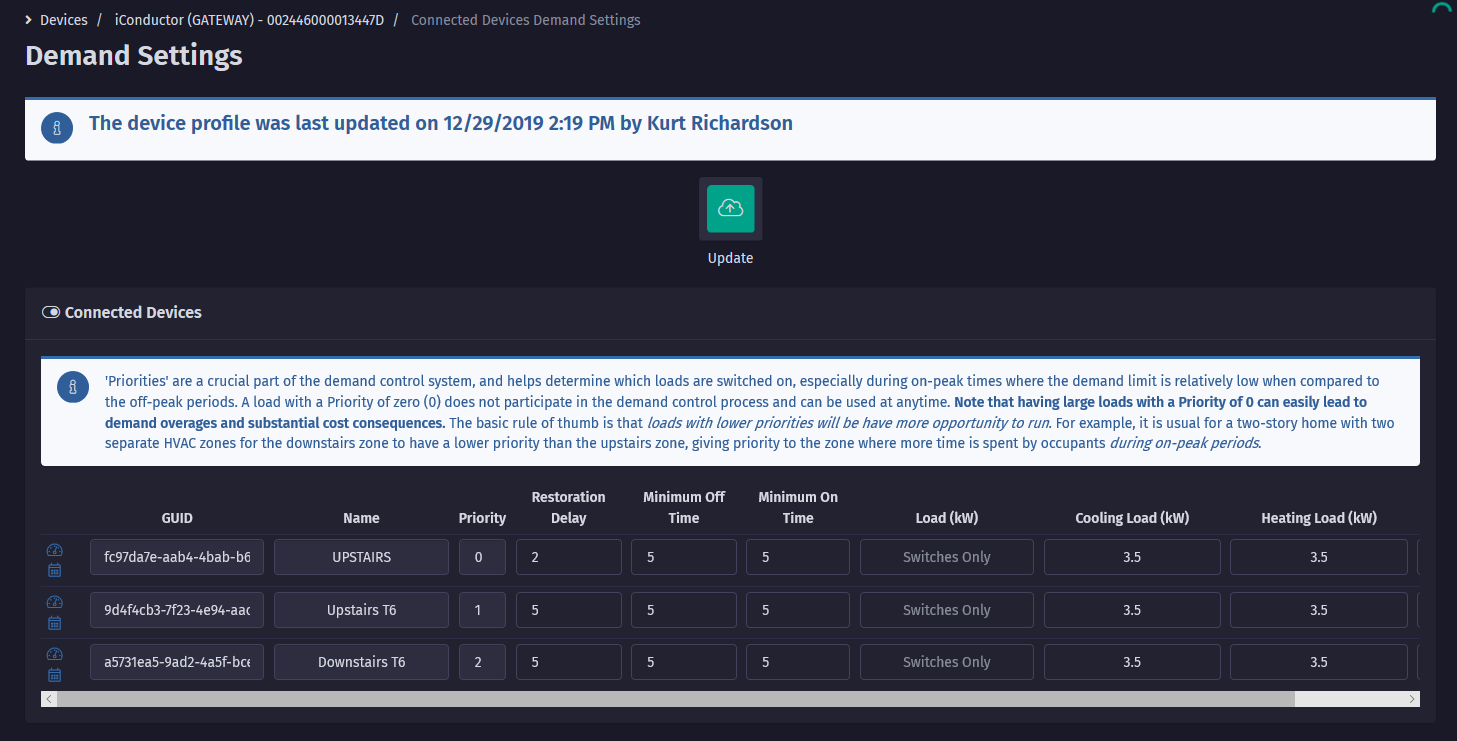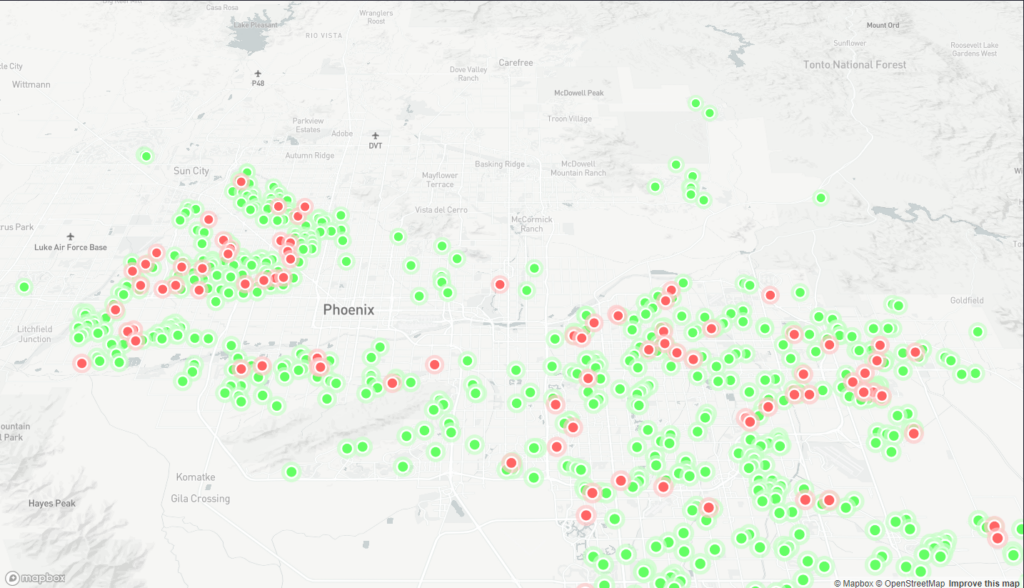Introduction
Inergy Systems designs, manufacturers, and distributes state-of-the-art cloud-enabled energy saving technologies with the principle aim of saving our customers money. This is done by aligning their energy usage and demand to their utility billing schedules using a variety of hardware and software solutions. Our proprietary hardware includes the 3rd generation Smart Panel 3000, the 4th generation z-wave based Energy Hub, the new z-wave energy meter and the upcoming controllable electrical vehicle charger, as well as a range of other peripherals. This allows us to design and deploy customized energy monitoring and control solutions to any residential and commercial site that can fully integrate with HVAC, solar and battery storage systems, as well electric vehicles. To get the most value from the installed hardware we have developed a wide range of software services, collectively called Inergy Connect. Inergy Connect provides comprehensive analysis, reporting, notification and remote configuration tools as well as a range of advanced automated services to allow our customers to customize their system’s operation to minimize their energy costs, and to fully quantify the value our solutions represent. This short booklet introduces Home Connect and the various features and services it provides.
REPORTING AND ANALYSIS
Reporting functions include:
- Real-time dashboard;
- Monthly reporting;
- Utility schedule cost comparison, and;
- Deep dive data analysis tools
Real-Time Dashboard
The Inergy Connect real-time location dashboard provides up-to the minute status of each device in a location’s energy control / orchestration environment and is helpful in understanding recent performance and current activities. The dashboard also provides overviews into performance associated with the HVAC (thermal), solar generation, battery storage and electric vehicle systems, as well as a month-to-date table that highlights data that directly affects a customer’s utility bill, such as maximum on-peak demand, energy usage, etc. It also provides an estimate for full month costs based on month-to-date data and past performance.
Both our Smart Panel 3000 and the newer Energy Hub support disaggregation analysis via data collected from auxiliary current transformers (CTs) and our new z-wave enabled meters and relays, which can be used to monitor main panel, and sub-panel loading, as well as individual circuits.
Both our Smart Panel 3000 and the newer Energy Hub support disaggregation analysis via data collected from auxiliary current transformers (CTs) and our new z-wave enabled meters and relays, which can be used to monitor main panel, and sub-panel loading, as well as individual circuits.
Monthly Reporting
Each month a report is generated that details demand and usage – for the whole location as well as for individual loads – throughout the month. A line-by-line utility bill estimate is generated so that the user can do a direct comparison with their actual utility bill. The report also quantifies how many control interventions (called shedding events) their controller took in order maintain preset limits. This data can be used to adjust the controller settings to optimize savings and comfort. An estimate of the savings that have been realized via our customers’ controllers, as well as their solar and battery installations if applicable, is also calculated to show the continue value in having these systems installed and maintained. Typically, we save our customers between 30-50% every month.
Utility Schedule Cost Comparison
Although energy consumers can rarely switch providers completely, all energy providers offer a range of different billing schedules that can often be difficult to understand. To assist in making an informed decision as to the best-suited utility schedule given our customers’ needs Inergy Connect provides a cost comparison tool that easily allows them to compare the overall costs for different billing schedule. More often than not the right schedule for a location without a load controller is not the right schedule for a location with load controller technology installed.
Deep Dive Data Analysis
Inergy Connect comes with an advanced Data Analysis tool that enables customers and energy advisers to slice and dice the huge dataset that is collected for each location in an almost infinite number of ways. Pre-canned standard views are available, and the user can build, save, and share views from any combination of the 100s of different data points that are collected. This enables users to develop a deep understanding of how energy is used and distributed around their system, and develop a well-informed energy strategy for even the most complicated scenarios.
NOTIFICATIONS AND REVIEWS
Inergy’s demand controllers (also known as load controllers or load orchestrators) largely operate automatically once they have been setup. However, our controllers sometimes do not control all the significant loads at a location, and other times the user may choose to override the settings temporarily. In these situations, Home Connect generates several important notifications to let customers know:
- If one or more connected devices goes offline;
- When there is a transition from off-peak to on-peak billing, and vice versa, and;
- If the preset demand limit has been exceeded.
In all these cases the user may have to act in order to avoid substantial additional costs on their utility bills.
Users are also able to build advanced notifications that allows them to receive text messages and/or emails whenever a selected data value exceeds (or drops below) pre-set values; a whole range of different tests can be defined. These tests can be created to run every minute, every hour, at a certain time of the day, or only during on-peak periods. If the defined thresholds are exceeded then a notification is sent out immediately giving the user time to act if appropriate. 1000s of different tests can be defined across all devices connected to our controllers.
Inergy’s system management strategy is designed from the bottom-up to be pro-active in identifying and troubleshooting performance issues, as well as using our tools and know-how to help users customize their settings to get the most out of their investment. On a daily basis we perform a wide range of systems engineering reviews looking at data integrity, configuration issues, etc. One of the most important reviews we do is of demand exceed events, i.e., cases where a location’s energy demand has exceeded the preset limits. Sometimes this is because the system is being overdriven, but often it is just down to simple things like the automated pool vacuum being on the wrong schedule. By performing daily reviews and emailing our analysis directly to customers, we help them understand the events that directly impact their energy costs, which overtime will lead to a more informed approach to energy usage.
ADVANCED SERVICES
Inergy’s load controllers / orchestrators, as well as being able to automatically control a wide range of devices to manage energy usage and demand within preset ranges, also acts as an advanced data gateway posting low level system data every minute. This data is not only used to populate a range of dashboards and data views on both mobile and non-mobile devices, but can also be used to provide intelligent services to customers to further add value to their installed systems.
Currently, Inergy is offering two advanced services:
- Automatic Pre-Conditioning (APC): this service encourages our customers to focus only on their comfort temperature ranges when creating thermostat schedules, and not to be concerned with inputs such as utility on-peak profiles, and whether cooling or heating is needed. Our controllers already contain sophisticated algorithms to manage loads within preset limits, while at the same time taking our customers’ comfort into account. APC takes this one step further by automatically pre-cooling or pre-heating one or more HVAC zones before the expensive on-peak billing periods begin. As a result, less energy is used during the on-peak periods, resulting in both lower demand and usage costs.
- Demand Limit Optimization (DLO): For utility billing schedules with a significant demand component – as is becoming increasingly popular – minimizing the maximum (or average) monthly on-peak demand is crucial to reducing energy costs. Our controllers are already very effective at managing a location’s controllable loads within preset limits. However, those limits can initially be set too aggressively, or more often too conservatively. DLO analyzes historical data for a given location, with emphasis on how often devices are shed and how well comfort levels are maintained. The output of this analysis is a recommendation on what the optimal demand limits should be on a month-to-month basis. Just dropping the limit 0.5kW can saving $100+ per year.
Inergy is also currently developing two additional services: firstly, a service that provides an HVAC audit that can be used to foresee HVAC problems such as low coolant levels, and secondly, a service that helps customers minimize the cost per mile for their electric vehicles. Both of these services will become available sometime during 2020.
MOBILE APP
To gain access to the full functionality available via Inergy Connect users will typically need a modern browser running on a modest sized laptop or desktop computer. Larger tablets are also sufficient screen space. However, for home owners, most of the more frequently used functionality is available via the Home Connect mobile app. This can be used in a truly mobile fashion to monitor current usage, receive notifications, and temporarily override settings. It can also be used on a low-end tablet to provide a counter-top display, which is particularly useful if the user wants a real-time visual way to know if their home is in an on-peak period and if their demand is edging towards, or exceeding, the preset limits.
REMOTE CONFIGURATION
All aspects of Inergy’s controllers can be configured remotely from Inergy Connect. This includes:
- Initial system provisioning with real-time views;
- One-click deployment for standard configurations;
- Controller device settings;
- Connected devices settings, such as power requirements and demand priorities;
- Thermostat and relay/switch scheduling;
- Utility holidays;
- Demand profiling, and;
- Firmware updates.
This is particularly useful for distributors and energy advisers as it significantly mitigates the need for onsite visits.
TOOLS FOR DISTRIBUTORS, ENERGY ADVISERS AND UTILITY COMPANIES
The focus in this short booklet has been mostly on functionality available to home and business owners. However, Inergy Connect also offers a range of tools that offer:
- Detailed remote configuration management;
- A range of systems engineering reports to monitor system performance;
- Comprehensive regional (multi-location) data analysis;
- Site survey submission so Inergy can recommend the right system configuration;
- An interface to perform regional demand reduction (DR);
- Provide minute-resolution standard usage profiles for a variety of home types to assist in regional modelling.
More functionality is being added all the time. Contact Inergy to learn more about our current offerings. We’re always keen to work with utility companies and energy advisers to build a richer toolset.

